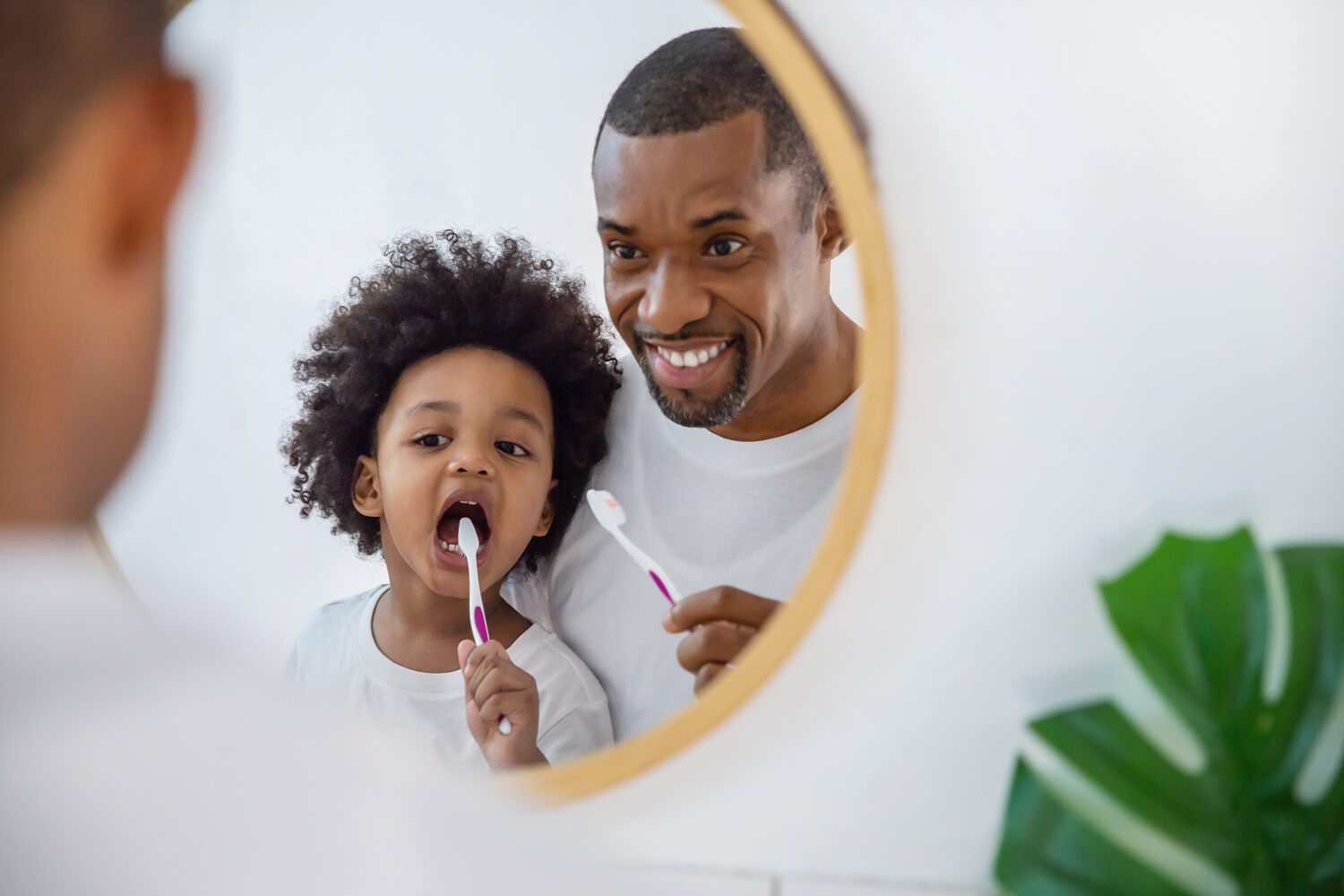
Oh! Gone are the days when your baby’s morning yawn meant bliss. Once your toddler starts eating solids, their beautiful set of teeth are also at the risk of developing issues like – plaque, decay, and bad breath. So, this is a good time to think about oral hygiene to ensure their pearly whites remain, well, pearly white! One way to do that is to teach your toddler to brush their teeth.
Dental hygiene is important even for a baby. Doctors advise massaging a baby’s gum with a clean washcloth even when they do not have teeth. So, it is essential to pay attention to oral care once their teeth sprout. Teaching toddler to brush their teeth is a good way to ensure dental hygiene. If you are wondering how to brush their teeth, or how to teach them to brush their teeth, look no further. Read this article for tips to help you do it easily.
In This Article
- Why is it Important to Brush Your Toddler’s Teeth?
- When to Start Brushing Your Kid’s Teeth?
- Points to Remember While Brushing Your Toddler’s Teeth
- How to Brush Your Toddler’s Teeth?
- 10 Tips to Help Your Toddler Brush Their Teeth
- What Happens if Your Kid Doesn’t Brush Their Teeth?
- FAQ’s
Why is it Important to Brush Your Toddler’s Teeth?
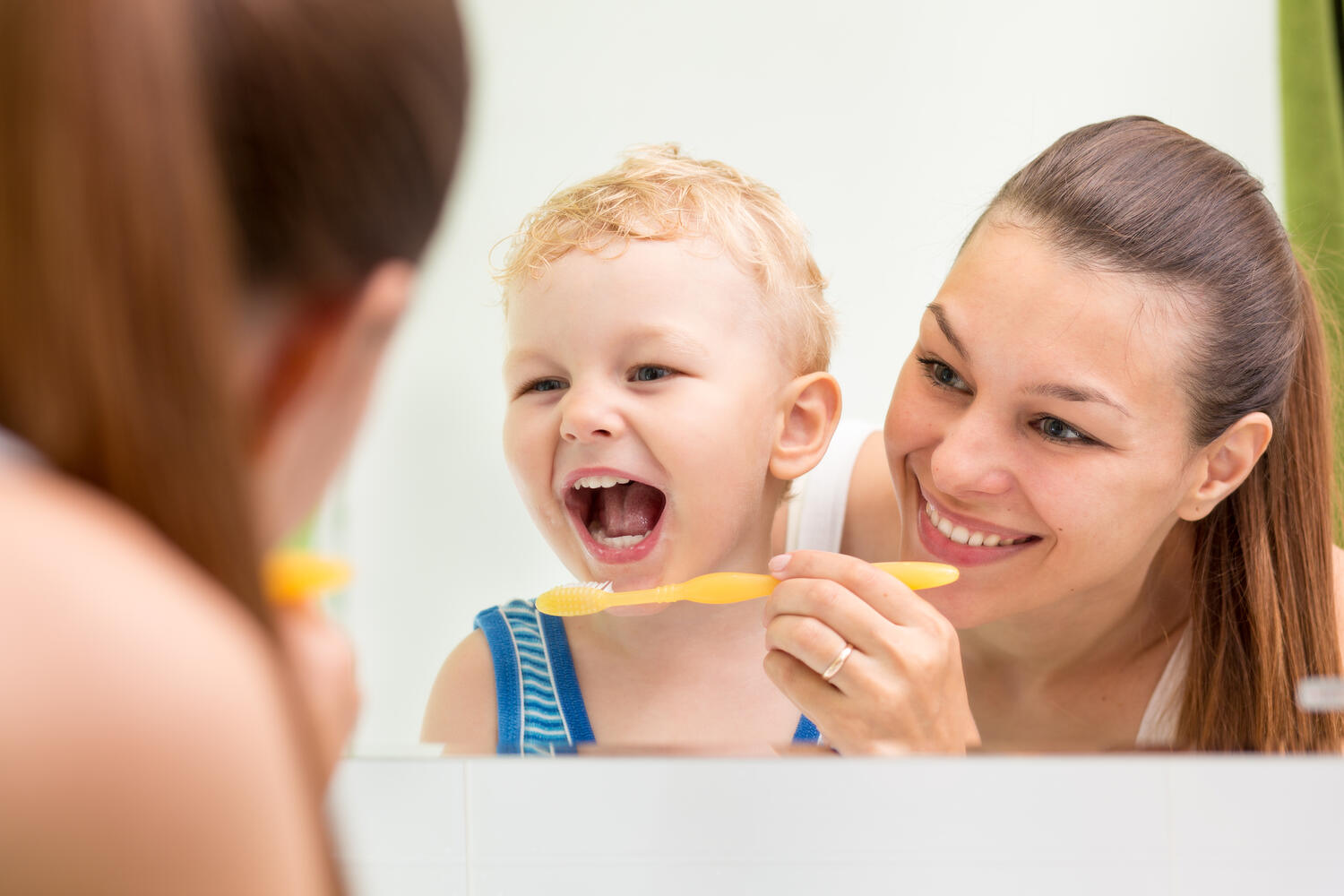
Regular tooth brushing is essential since it helps remove bacteria and plaque that cause tooth decay, gum disease, and halitosis (bad breath) (1). Remember to brush your toddler’s teeth at least twice a day- in the morning, and before going to bed at night. Inculcating good oral hygiene practices will continue as they grow and aid in oral rejuvenation and wellness. Introduce tooth brushing early so that your toddler will understand that it is a part of their daily routine and continue to follow it.
When to Start Brushing Your Kid’s Teeth?
You must start brushing your toddler’s teeth as soon as the first pearly white erupts, usually at around 6 months of age (2a). Use a soft-bristled toddler brush with a small head and brush their teeth in a circular motion applying gentle pressure.
Points to Remember While Brushing Your Toddler’s Teeth
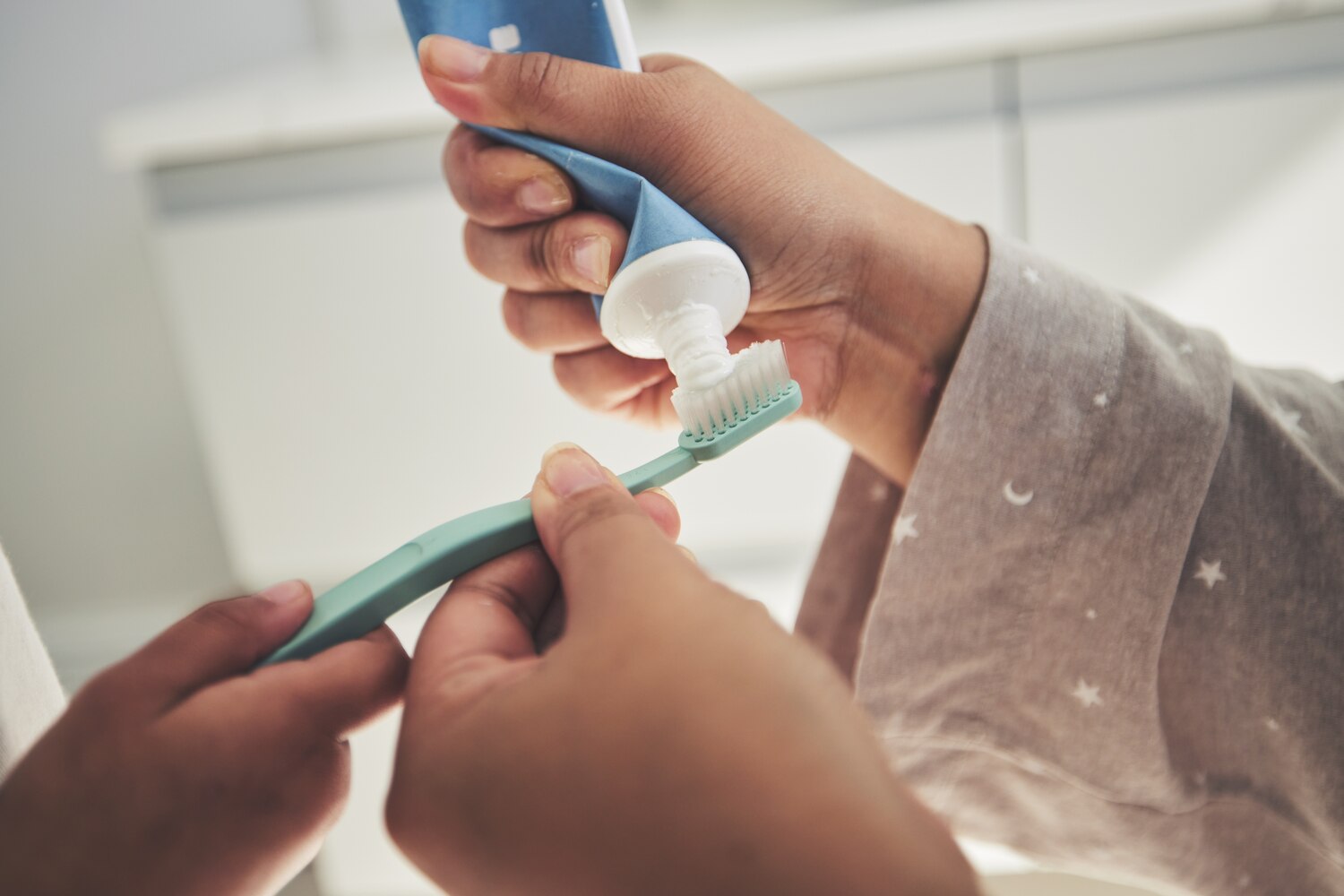
While you begin brushing your toddler’s teeth, there are some important points to remember. These include-
- Always use a soft-bristled toothbrush with a small head
- Use a toothbrush that has a good grip to hold in firmly since kids have poor dexterity
- Apply the right amount of pressure according to the age of your toddler (preferably the size of a rice grain). It is a myth to believe that the more the paste, the cleaner the teeth! (2b)
- Always remember to use a low-fluoride toothpaste (2c)
- You can hold the brush initially till your toddler learns to brush on their own
- Remember to cover all the teeth surfaces and not to forget the tongue
- Teach your toddler how to spit to prevent ingesting the toothpaste
- Try to make brushing a joyful activity and do not force them since it can instill a sense of fear in them and they may end up disliking brushing their teeth
- Start slow. Let them brush their teeth for 30 seconds initially, gradually increase the time to 1 minute and finally work up to the full 2 minutes of the recommended brushing
- Remember to brush their teeth twice daily to reap the maximum benefits (3a)
How to Brush Your Toddler’s Teeth?
You must begin brushing your toddler’s teeth as soon as the first tooth erupts. You must follow the below-mentioned technique for optimal cleaning-
- Hold your toddler tight with their head on your lap. It is always better to teach them and then let them follow you (3b)
- Apply the right amount of toothpaste (rice-sized smear for children aged 0 to 3 years, and pea size for kids over 3 years) (2d)
- Angle the toothbrush at 45 degrees such that it faces the gums of the upper or lower teeth (4)
- Move the brush gently back and forth with short, gentle strokes to cover all the surfaces
- Hold the brush in a vertical position to brush the front teeth
- Brush their tongue also to remove bacteria from the surface
10 Tips to Help Your Toddler Brush Their Teeth
Easily said than done though. Many toddlers do not like the idea of an external object inserted into their mouth and moved around. They do not like it when the same routine is repeated twice a day. So how do you do it without forcing or holding your toddler tight – resulting in them hating the experience even more? These tips might help-
1. Show by Example

Make them see how you and your partner brush your teeth daily in the morning and before bed. Explain to them why you do so. While they watch you, ask them if they want to try too. Kids love copying their parents, so they might want to experiment with the brush (3c). If they don’t, then do not worry about getting it “right” the first time. Let them get used to the feel of a toothbrush inside their mouth. Slowly, you can offer to help. You can say something like, “Here, mama will show you how to reach the corners”.
2. Make it Part of The Routine
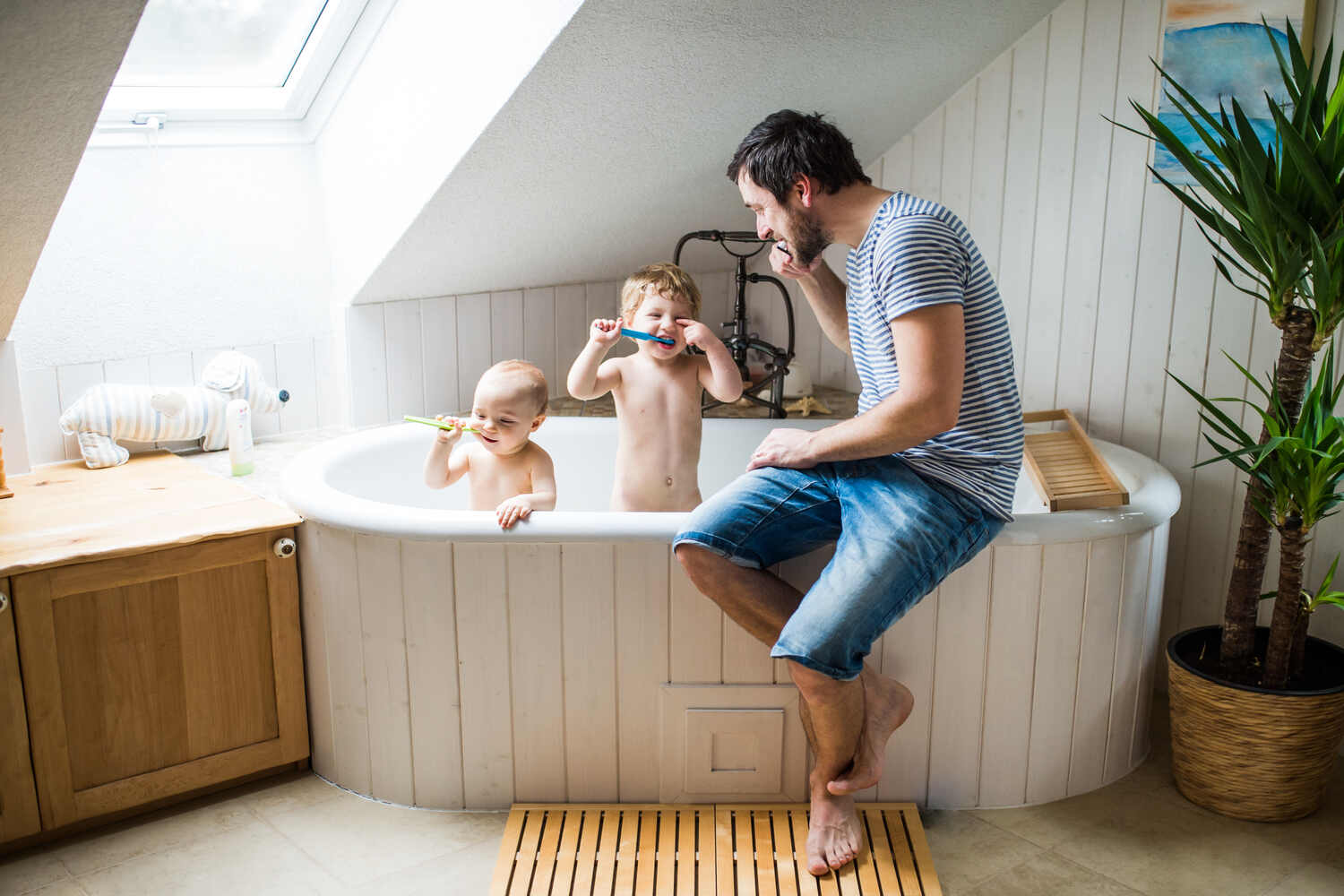
The sooner your toddler realizes this is something they need to do daily, the faster they will get used to it. It is a good idea to make it part of an already-established routine. For instance, you can brush their teeth when they are in the bathtub. This way it becomes part of the whole cleaning routine.
3. Skip Toothpaste
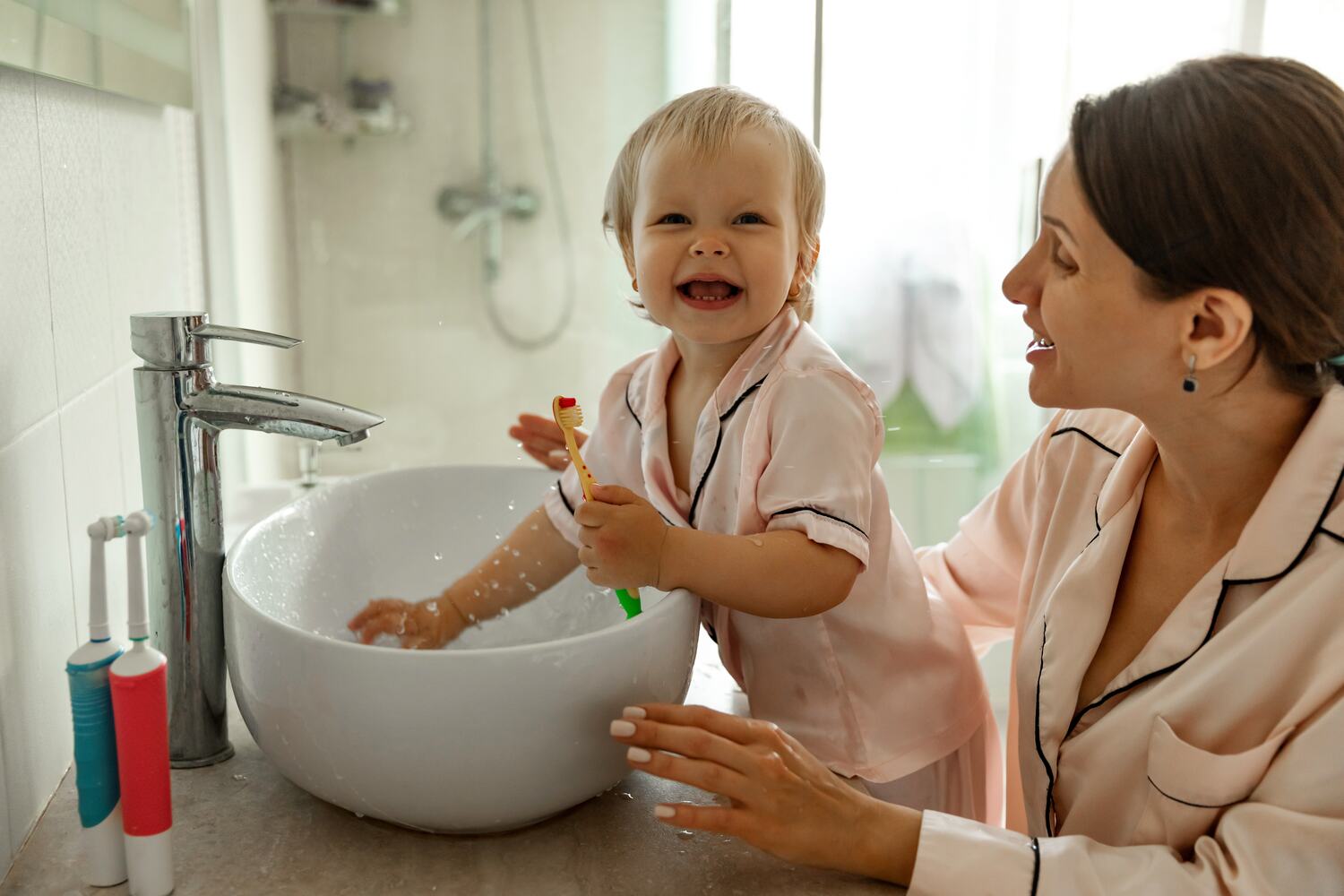
While most of the toothpaste made for kids is meant to be yummy, maybe your toddler just doesn’t like the feel of it inside their mouth. Experiment with and without toothpaste and pick up the option that the toddler seems less irritable about.
4. Hold Them Right
No trapping the head forcibly between your body and hands and force-brushing, please! You have to persuade them, not force them. Either let them stand on their own, preferably on a stool and looking at the mirror, or you put them on your lap and hold their head tightly.
5. Do it Softly
No vigorous brushing to finish off quickly. Ease the brush into the mouth and softly brush all the teeth. Yes, they will bite the brush and bite it hard. Let them experiment. Yanking it out or scolding is not going to help. After they release the bite on their own, continue brushing.
6. Ensure Toothpaste Does Not Stay in Their Mouth
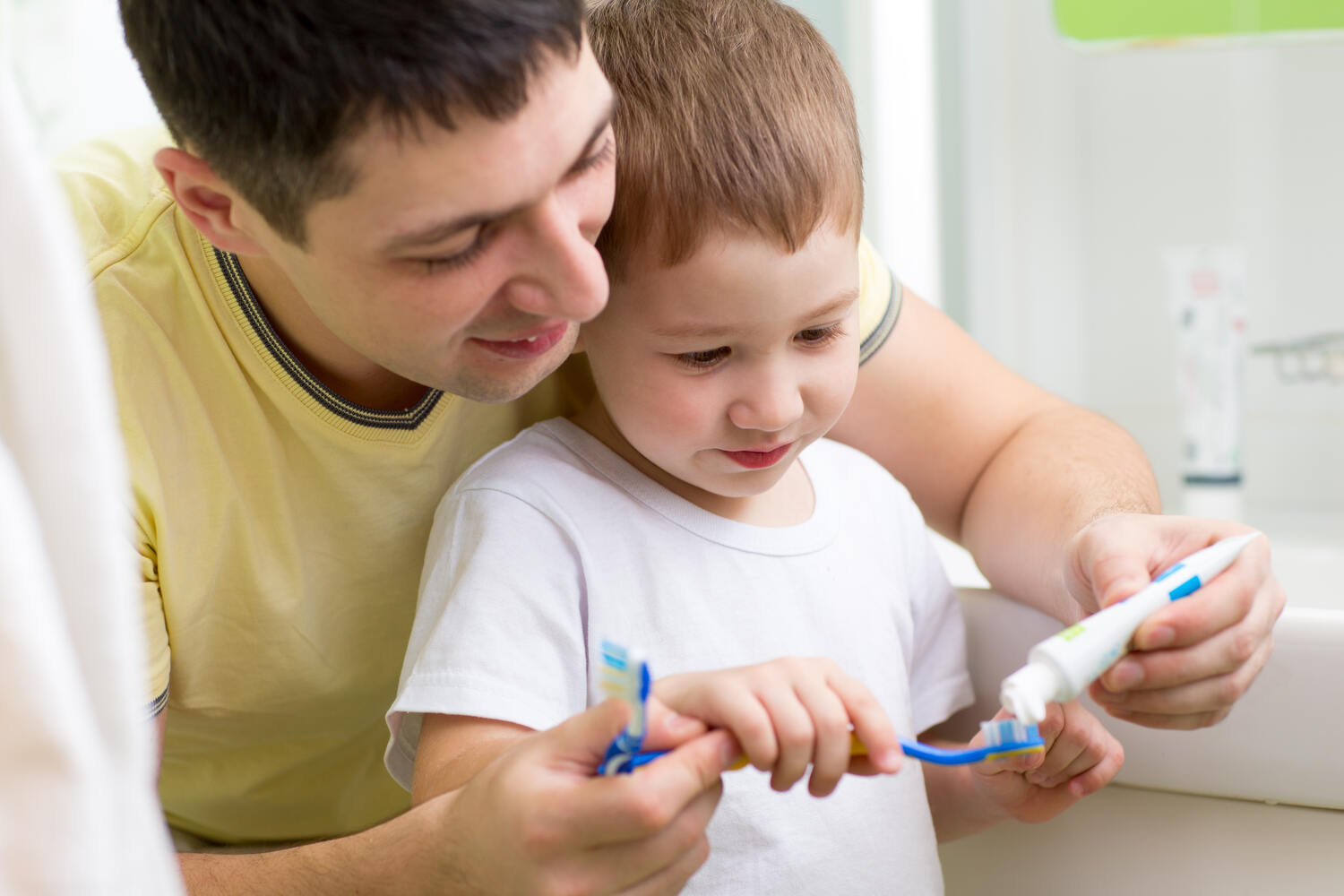
If you are using toothpaste that can be swallowed, ensure your toddler drinks water after brushing. If normal toothpaste is being used, ensure you ask them to spit any later and toothpaste in the end and wash the mouth with water.
7. Turn it Into a Game
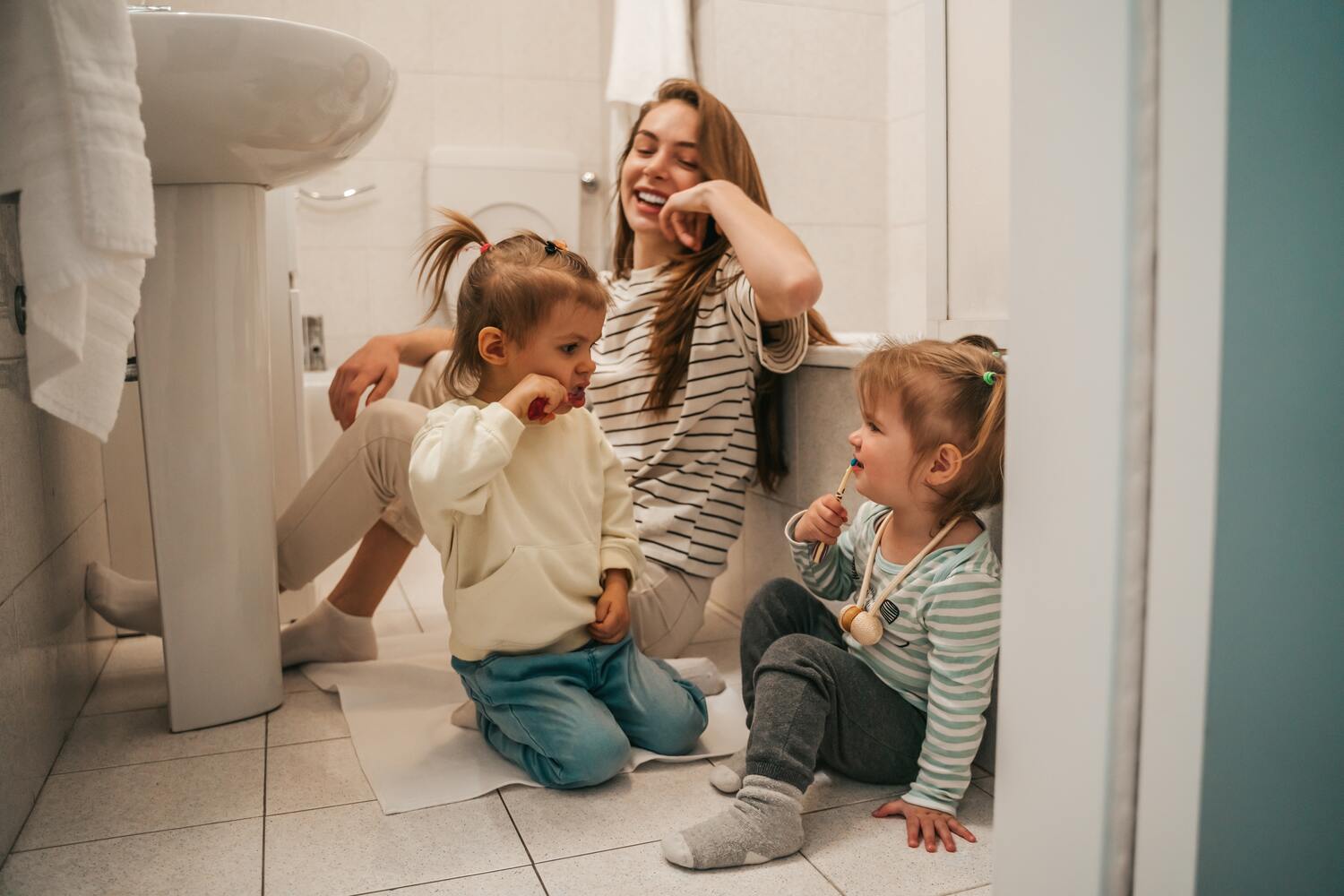
Buy a couple of extra toothbrushes and let them brush the teddy bear’s teeth (3d). Or, let them brush your teeth. Try to convert their favorite nursery rhymes to songs related to brushing teeth and make it a fun experience for them.
8. Let Them Pick The Brush
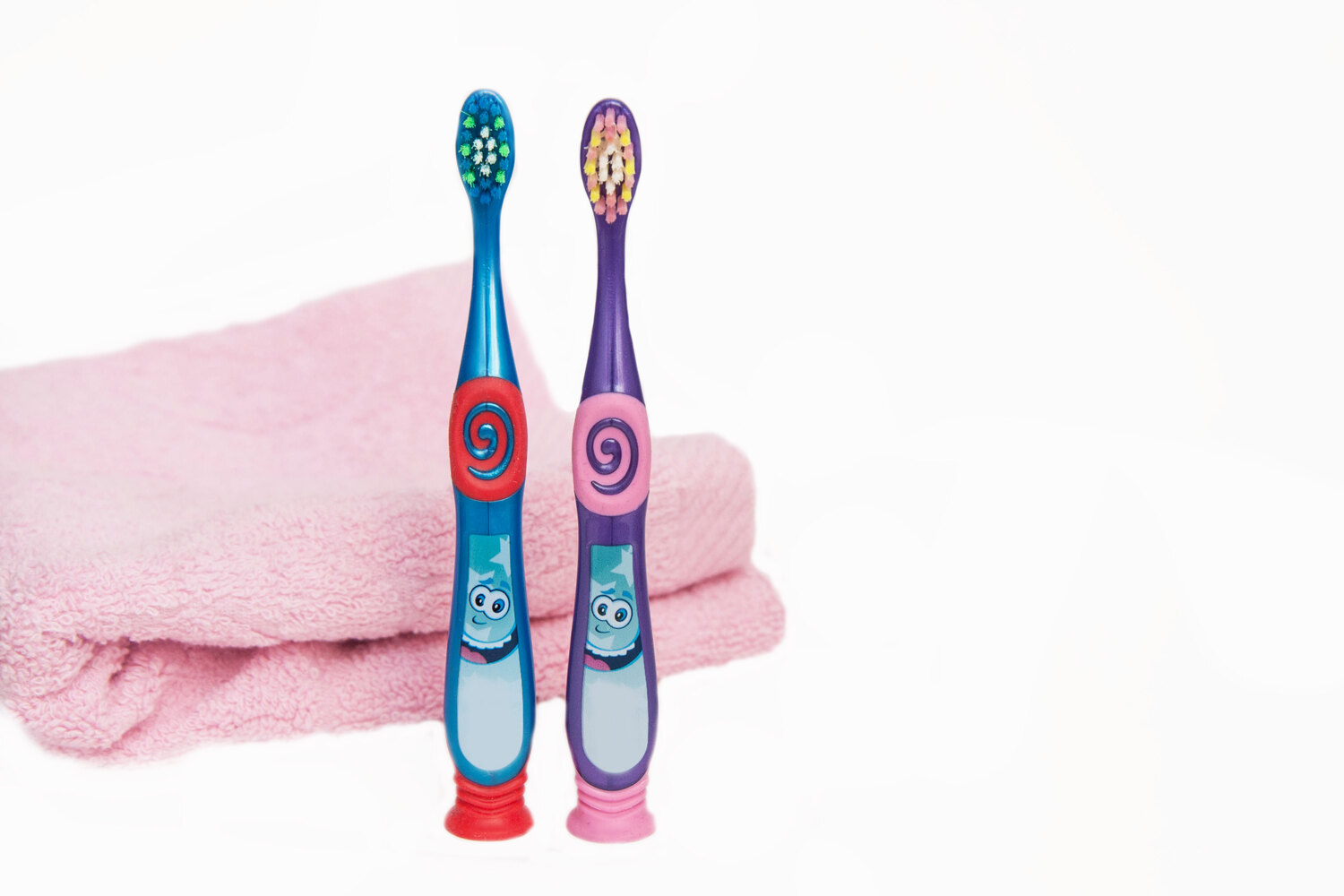
Let your toddler pick their own toothbrush from the shop. That will help them feel more close to it. Encourage them to pick a brush that has a design they can relate to (e.g. car, teddy bear, etc.)
9. Take Turns
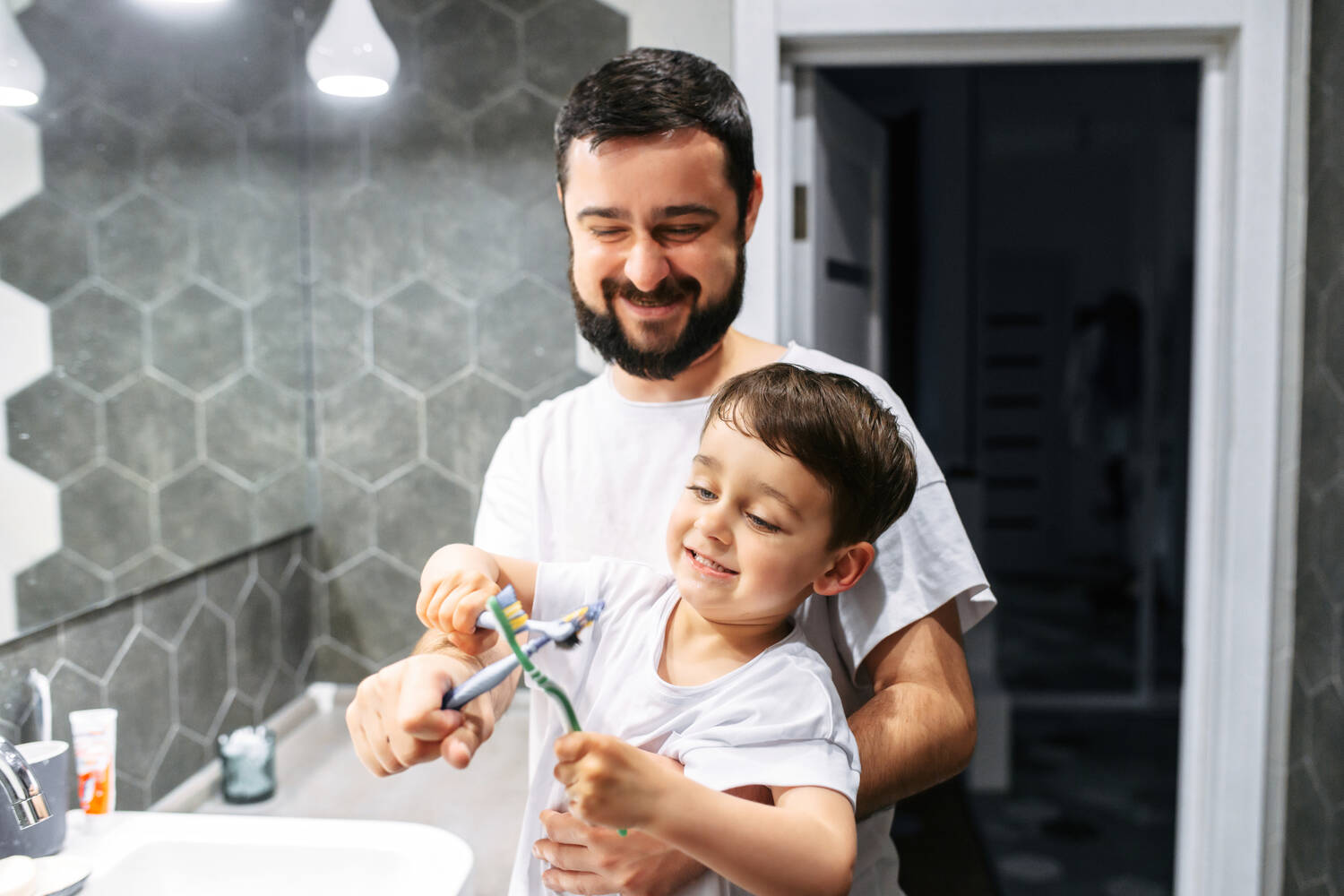
Some kids want to do it all by themselves. While initially you should not challenge that, eventually you need to take partial control to ensure that the teeth are brushed thoroughly. You could take turns with your little one to ensure this. They will brush a bit, and then you say, “It is my turn now”, and you brush it for them a bit. Encourage them to brush the same way you are doing it.
10. Do Not Force Your Kid
Initially all toddlers run from the idea of brushing their teeth. Do not force the kid, and go slow. Gradually instill the positive outcomes of brushing so that they begin brushing their pearly whites.
What Happens if Your Kid Doesn’t Brush Their Teeth?
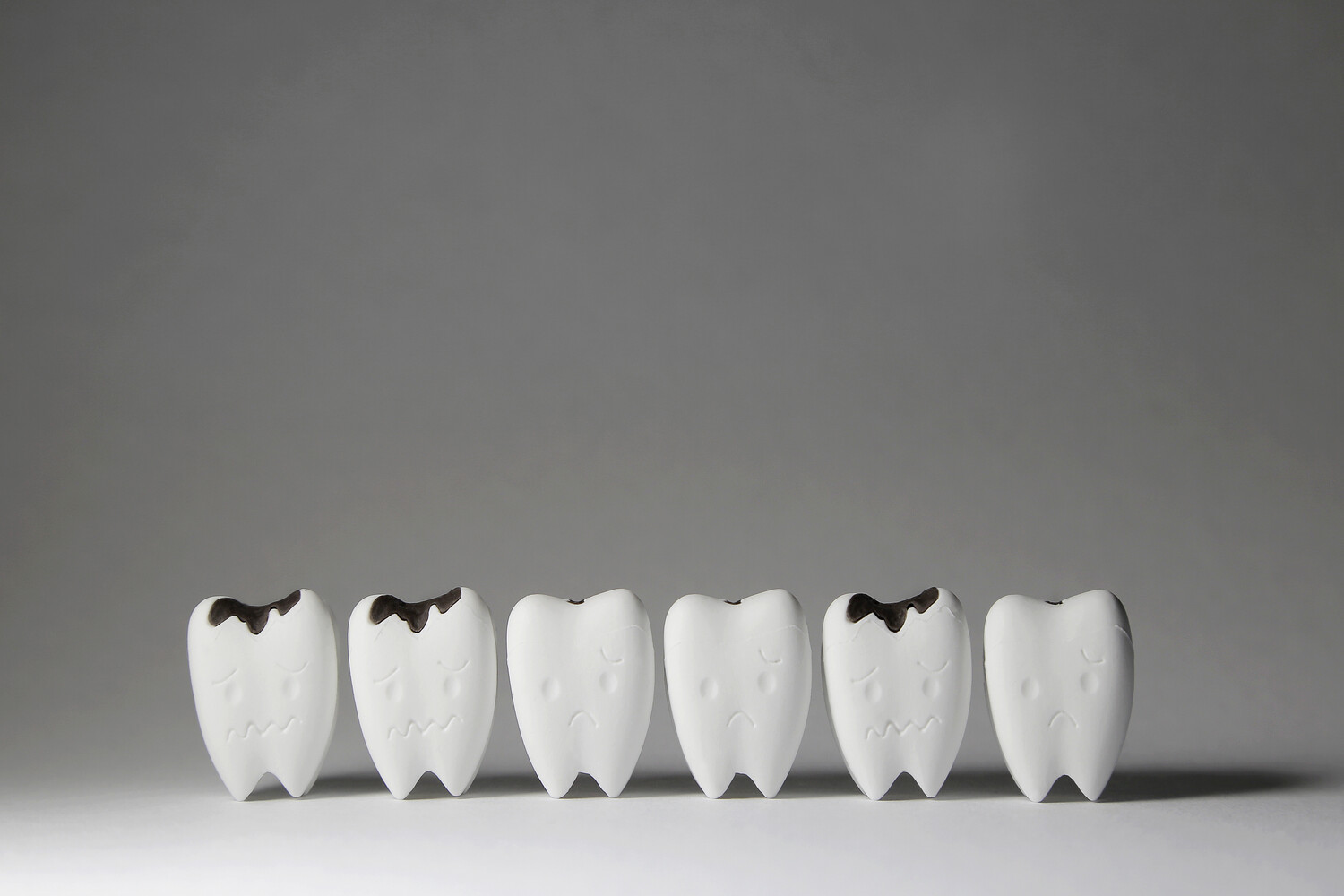
It is essential to brush your toddler’s teeth at least twice every day. If your kid fusses and doesn’t brush their teeth, they increase their risk of tooth decay and cavities. This can eventually lead to serious issues like pain, infections, eating difficulties, and problems with speech. It is important for you to help your kid take care of their teeth to avoid such issues that may require extensive dental procedures.
Your toddler should see the dentist by their first birthday, as a lot of oral problems can be avoided by taking early preventive measures. If your kid hates to brush, you need to be firm and let them know very clearly that they do not have a choice.
FAQ’s
1. What if my Toddler Won’t Let me Brush His Teeth?
Toddlers may be cranky and retaliate when you try to brush their teeth. Make brushing a joyful activity and do not force them. Instead, set an example by leading them and singing a song about brushing, or show them their favorite cartoon character brushing their teeth and keeping them clean. Toddlers always learn by example. Finally, reward them when they begin to learn to brush their teeth. This will encourage, and motivate them more.
2. How do You Brush Your Toddler’s Teeth When They Refuse?
When your toddler refuses to brush, set an example for them by brushing your teeth. Explain to them the importance of keeping their teeth clean. Sing for them, and gently try to hold their head and brush their teeth until they get comfortable with a toothbrush.
3. What Age Should a Toddler Brush Their Teeth?
You must ensure to brush your toddler’s teeth as soon as the first tooth erupts (around 6 months of age). By the time your toddler is 1 to 1.5 years old, they should learn to brush their teeth on their own.
4. Should I Force my 2-Year-Old to Brush His Teeth?
No, you should never force your 2-year-old to brush their teeth. Forcing will only make them dislike the idea of brushing which may continue into adulthood. This may also instill a feeling of fear or anxiety in them. Give them time and start slowly.
5. Is it OK to Hold a Toddler Down to Brush Teeth?
Yes. It is always ok to help your toddler brush their teeth. Initially, you can do this by holding their head while placing it on your lap and brushing their teeth. You can gradually make your toddler brush their teeth on their own once they feel comfortable with the brush and the idea of brushing their teeth.
6. How Often Should a Toddler Brush Their Teeth?
A toddler should remember to brush their teeth at least twice daily. They are recommended to brush once in the morning and once before they go to bed.
References
- Comparison of the tooth brushing habits of primary school age children and their parents – [https://www.ncbi.nlm.nih.gov/pmc/articles/PMC5573461/]
- Use of Toothpaste and Toothbrushing Patterns Among Children and Adolescents — United States, 2013–2016 – [https://www.ncbi.nlm.nih.gov/pmc/articles/PMC6400578/]
- Behavioral Determinants of Brushing Young Children’s Teeth: Implications for Anticipatory Guidance – [https://www.ncbi.nlm.nih.gov/pmc/articles/PMC2939855/]
- The effectiveness of the newly designed ‘Concept 45 degrees’ toothbrush for removal of dental plaque in primary schoolchildren – [https://pubmed.ncbi.nlm.nih.gov/1624202/]

